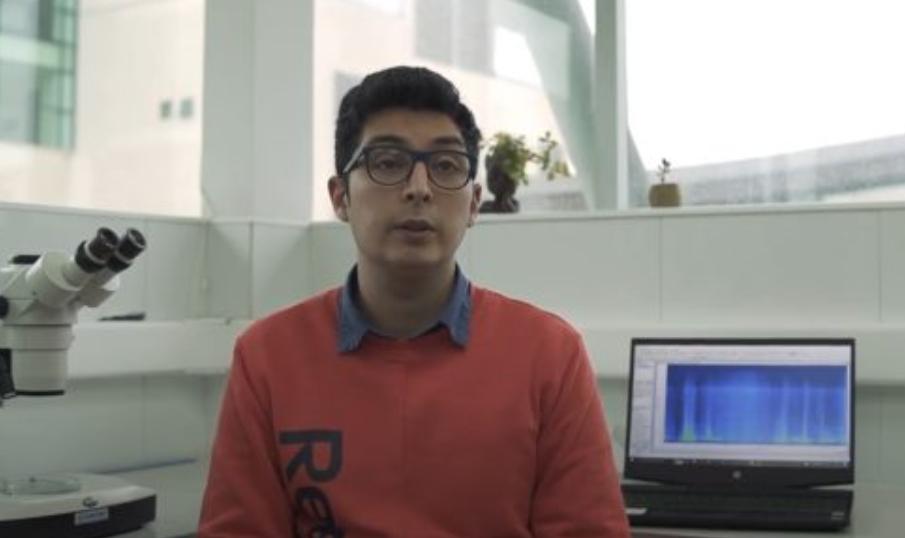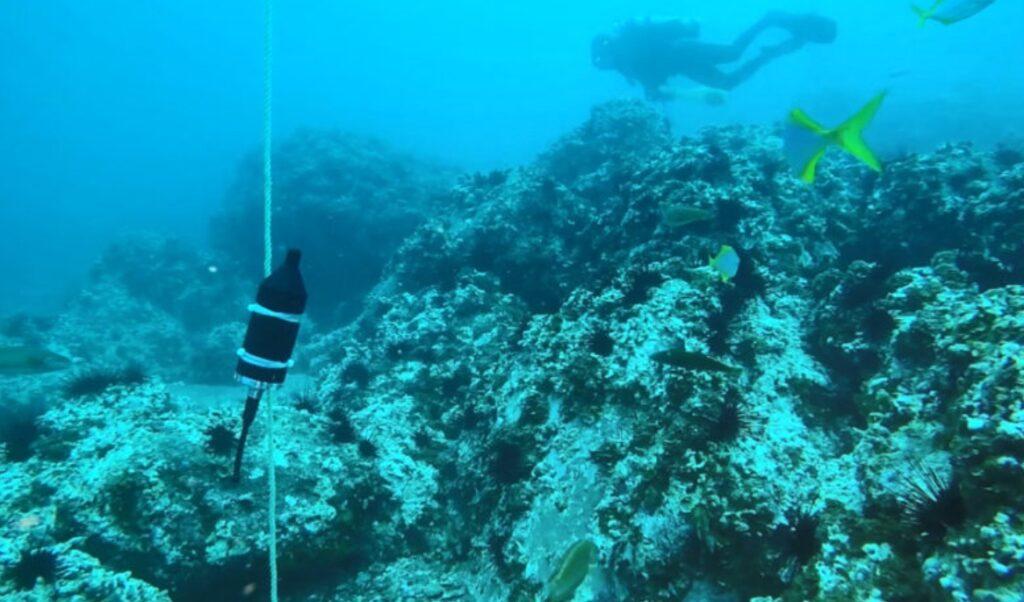The idea is to quantify the noise caused by human beings in the underwater ecosystem of three key points in the country, and to evaluate how it could affect the physiology of planktonic organisms.
In recent years, interest in knowing the impact on the underwater soundscape has increased, specifically since it affects the biological activity of living beings and their ecosystem. Due to this, its care has begun to increase, including it as a new axis in the management plans in the marine protected areas. Under this premise, the research entitled “Underwater sound landscape of three locations on the Chilean coast: effect of anthropogenic noise on zooplankton” is carried out. The study is the thesis project of Victor Molina, student of the Master in Marine Ecology of the Faculty of Sciences of the Catholic University of the Santísima Concepción (UCSC). The academic Dr. Iván Hinojosa is his thesis director and also has the participation of Dr. Susana Buchan from COPAS Coastal.

Marine bioacoustics is a relatively new area of study, however, more information on soundscapes is lacking. “In the last 20 years, it has been understood that sound does play a fundamental role in the sea, since before the perception of the sea was of a silent environment, and it is quite the opposite. Anthropogenic noise interacts with acoustic signals and one of these effects is that animals cannot perceive them and affect their communication, for example”, commented Víctor Molina regarding the context of the investigation.
Reality in Chile
The objective of the study is to know how this noise would affect the physiological activities of organisms. Through hydrophones, three strategic points will be considered: Chañaral Island, Puñihuil (north of Chiloé) and the Gulf of Corcovado. “These are very productive areas, there is a lot of zooplankton. When there is abundance, there is a greater presence of all the individuals that feed on it. In addition, in these places there are anthropogenic activities that are contrasted,” he explained. In this way, there is a presence of artisanal fishing, tourism, outboard motors, maritime traffic or merchant vessels in these three points. Thus, a representative sample will be obtained and the impact of the different sound sources can be compared.
Regarding the study methodology, the noises were studied through hydrophones, during the year 2018. Through passive acoustic monitoring, these hydrophones are installed and configured to record the sound, in this case, 10 minutes every hour. “In this way, we have a representative sample of each hour and of the whole day and finally, of the whole year. We want to see what activity patterns there are in whales, shrimp clicks and anthropogenic noise. Find out if they are more abundant at night or during the day, for example. The same if it changes during the seasons of the year”, complemented the student of the Master in Marine Ecology UCSC.
Another of the expected results is to find out how long the landscape is free of anthropogenic sound. Also, know the impact of this noise on the physiology of the zooplankton. In addition, emphasize the relevance of establishing public policies for the care of the acoustic landscape, in terms of protected marine areas.
It would be the first work to describe the soundscape on continental coasts and the potential effect of anthropogenic noise on planktonic organisms.

